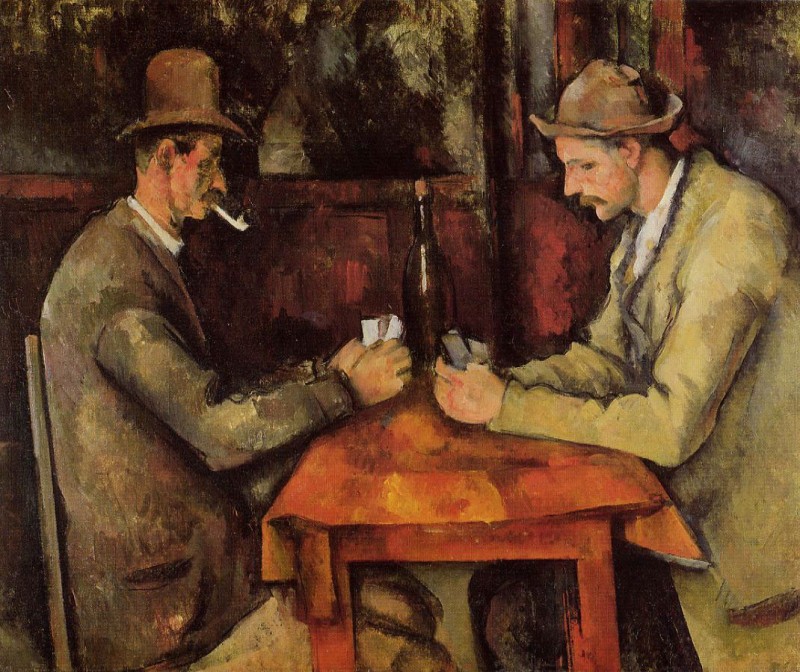To back up my point about valuation. Some of the ridiculous looking piece of art (in my opinion) that cost a fortune.
http://www.whudat.de/top-20-most-expensive-paintings-in-the-world/
$140,000,000. Jackson Pollock – No.5, 1948.
It is claimed by the New York Times that this painting was sold by David Geffen (of Geffen Records), to David Martinez (managing partner of Fintech Advisory). However, a press release issued on behalf of Martinez states that he didn’t actually purchase the painting. So the truth is shrouded in mystery, and it can only be rumored to have sold for a record-breaking $140 million.
$137,500,000. Willem de Kooning – Woman III.
Another painting sold by Geffen in 2006, but this time bought by billionaire Steven A. Cohen. It is part of a series of 6 painted by de Kooning in the period of 1951-53, which revolved around the theme of a woman, and is allegedly the only Woman still in private hands.
$95,200,000. Pablo Picasso – Dora Maar au Chat.
Another Picasso, the second highest price ever fetched at auction, and another anonymous buyer. Auctioned in 2006, a mysterious Russian bidder took this home (along with a Monet and a Chagall, spending over $100 million) and no one has since found out who he was. The ownership of the painting has still not been made public.
http://www.whudat.de/images/top20_most_expansive_paintings_01.jpg
$75.1 million. No 1 (Royal Red and Blue) by Mark Rothko, 2012.
$80,000,000. Jasper Johns – False Start.
Another painting formerly owned by Geffen and allegedly sold to CEO of the Citadel Investment Group, Kenneth C. Griffin, making it the most expensive painting to be sold by a living artist, the iconic Jasper Johns.
$250 million. The Card Players by Paul Cézanne,2011.
The exact price of The Card Players (even the currency of sale) is not known, with estimates from $259 million to even $320 million. The Card Players is a series of oil paintings by the French Post-Impressionist artist Paul Cézanne. Painted during Cézanne’s final period in the early 1890s, there are five paintings in the series. Keep in mind though guys, the Royal Family of Qatar didn’t buy the series – they bought just that one painting for ~259 million). The series is considered by critics to be a cornerstone of Cézanne’s art during the early-to-mid 1890s period, as well as a „prelude“ to his final years, when he painted some of his most acclaimed work.The models for the paintings were local farm hands, some of whom worked on the Cézanne family estate, the Jas de Bouffan. Each scene is depicted as one of quiet, still concentration; the men look down at their cards rather than at each other, with the cards being perhaps their sole means of communication outside of work. One critic described the scenes as „human still life“, while another speculated that the men’s intense focus on their game mirrors that of the painter’s absorption in his art.







